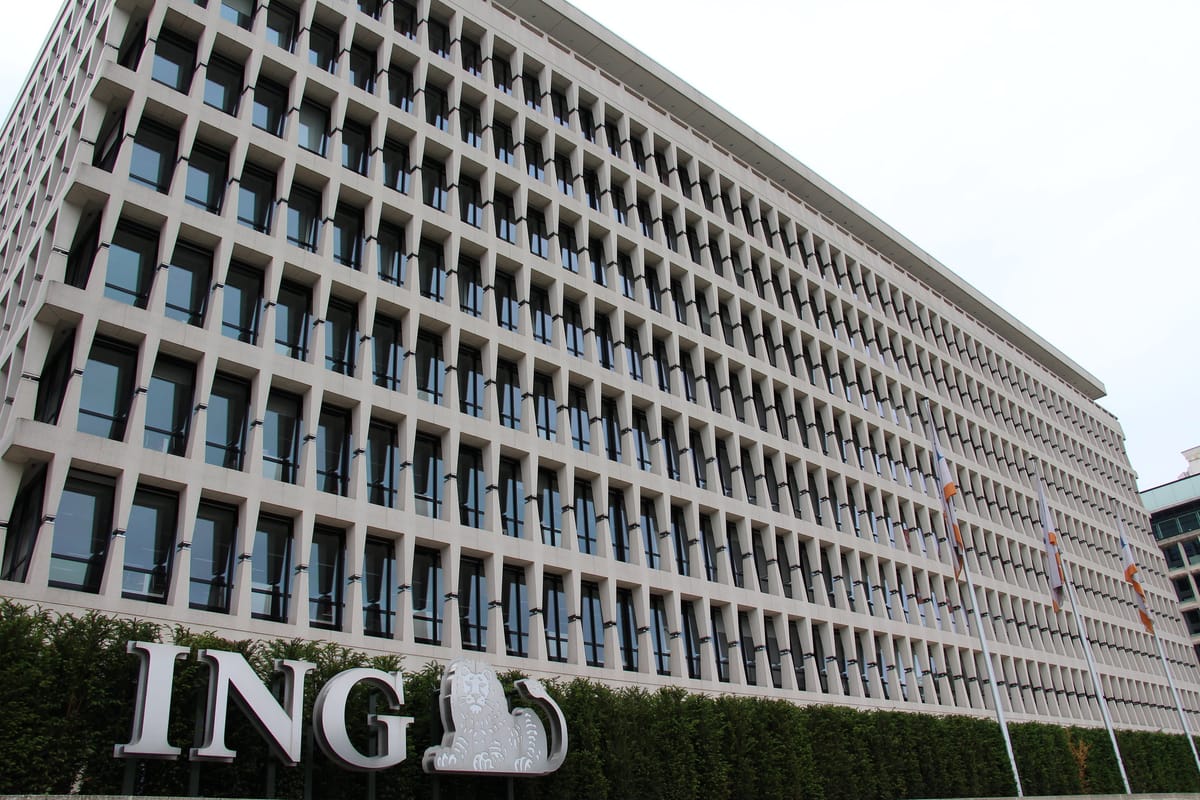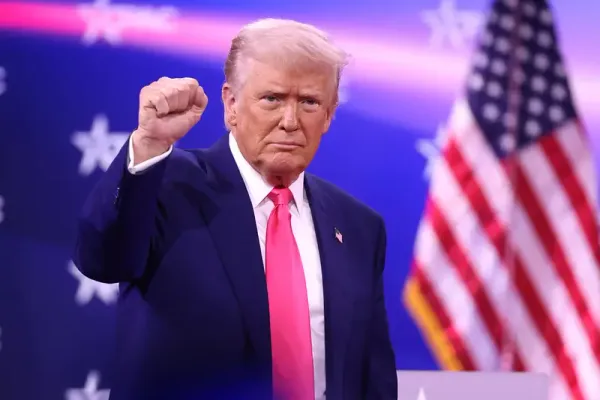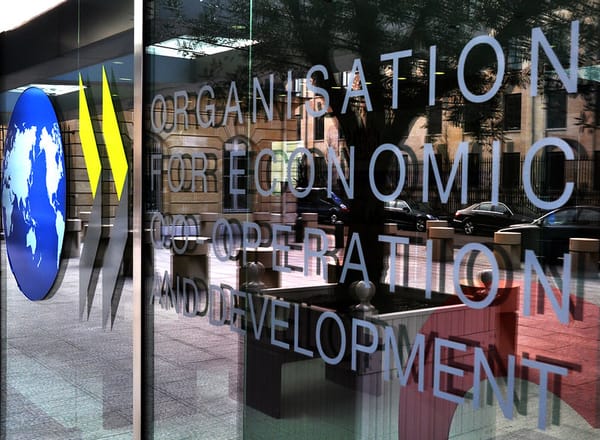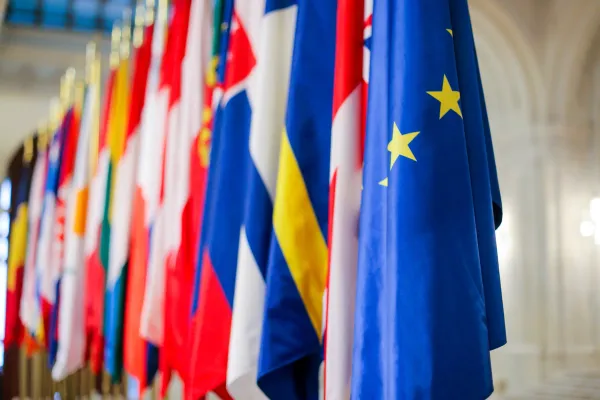
CEE sidesteps 'middle-income trap' - ING analysis
Central and Eastern Europe (CEE) economies have largely overcome the so-called middle-income trap, but face challenges around sustainable growth and convergence with Western European living standards, Dutch multinational banking and financial services corporation ING bank found in a study that looked at key development trends in Poland, Hungary, Czechia, Romania and Turkey.
The middle income trap is a situation where a country has developed until GDP per capita has reached a middle level of income, but does not attain high-income status.
CEE countries Poland, Hungary, Czechia and Romania, are grappling with balancing economic growth with the energy transition, demographic shifts, and an evolving global economic landscape, according to ING.
“These countries must avoid the mistakes made by Southern Europe a decade ago – where income gains were largely fuelled by debt and a construction boom. Today that region is further away from core EU income levels than it was in 2012. Fortunately, our CEE countries in question have enjoyed income growth fuelled by FDI rather than debt.”
Poland: Outperformance amid Eurozone issues
Poland’s economic recovery is robust, driven by strong real income growth, the highest seen in over two decades, ING wrote. The country is increasing public investment, particularly in overdue projects financed by the EU’s Recovery and Resilience Facility (RRF), which will help maintain growth momentum through 2025-26. This outlook positions Poland to outperform both its regional peers and the Eurozone, despite challenges for key trading partner Germany.
Inflation control remains a pressing issue, with the National Bank of Poland (NBP) likely to delay interest rate cuts until mid-2025. The government’s fiscal policy remains loose, and record borrowing is expected. Nevertheless, Poland’s sovereign credit risk appears manageable, which could attract foreign capital into government bonds.
Poland’s structural reliance on coal is a longer-term issue, with the government led by Polish Prime Minister Donald Tusk planning to phase it out by 2049. However, energy-related investments through EU funds are substantial, with Poland receiving over EUR 50bn in energy-related EU funds, which equates to 6.8% of its GDP.
“Crucial to those investment trends for EU countries will be the ability to continue absorbing EU Cohesion funds and Recovery and Resilience Facility transfers. Here, Poland is preparing for a strong rise in public investments in 2025-26,” ING added.
Hungary: Economic vulnerability despite labour market strength
Hungary’s post-pandemic recovery has been slow, with consumption rising but investments falling significantly, ING said, adding that its reliance on tight labour markets for wage growth has been a “silver lining”. However, inflation remains a concern, with wage pressures feeding into consumer prices. Hungary’s economic stability is also hindered by geopolitical and domestic risks, particularly concerning currency stability and government debt levels.
Hungary’s energy transition is particularly crucial, as the country has one of the region’s highest shares of nuclear energy and plans to phase out coal by 2030. Despite its nuclear capacity, Hungary’s access to EU RRF funds remains blocked due to concerns over rule-of-law compliance. This puts Hungary at a potential disadvantage compared to its regional counterparts, as it could miss out on critical funding needed to fuel its green transition, ING wrote.
Czechia: labour, energy issues
Czechia is experiencing a relatively strong economic recovery but facing significant structural challenges. Wage growth has been robust, but labour availability remains a limiting factor for export-led growth. The Czech labour market is already tight, and demographic projections indicate a shrinking working-age population by 2030, which could exacerbate labour shortages and constrain future growth, according to ING.
Energy remains another key challenge, as Czechia plans to reduce its reliance on coal, which currently constitutes around 40% of its energy mix. However, the country’s wholesale energy prices are among the highest in Europe, putting its export competitiveness at risk. Czechia has been allocated significant EU funds for energy transition, but balancing economic growth with the cost of decarbonisation will be crucial, the report commented.
Romania: energy, fiscal pressures
Romania faces both fiscal and energy challenges as it seeks to maintain its growth trajectory. Romania’s fiscal deficit remains a concern, and the country’s ability to absorb EU funds has been pivotal to keeping its economy afloat. However, the need for fiscal consolidation after the 2024 elections will likely create additional pressure on the government.
Romania is also reliant on EU funds for its energy transition. The country is set to fully phase out coal by 2030 and increase its reliance on renewables, which currently make up about half of its energy mix. EU energy-related funds allocated to Romania amount to EUR 18.9bn, equivalent to 5.8% of its GDP, underscoring the importance of external support in the country’s economic and energy strategy.
“Croatia and Romania are active users of EU money, while any improvement on access to EU funds by Hungary would be a positive surprise. In Ukraine, the war will continue to affect investment and severe energy deficits this coming winter will weigh on the economy,” according to ING.
Regional outlook improving
CEE economies, and Poland, Hungary, Czechia, and Romania in particular, should continue to navigate an economic landscape shaped by energy transition, demographic changes, and external shocks, and their success will depend on effective governance and policy implementation. Additionally, labour shortages and the high energy costs could impede growth, particularly for export-led economies like Czechia and Poland.
“Unlocking domestic demand” will be key in 2025 and, in general, ING adds, “our economists expect growth rates to improve and certainly outperform a stagnant eurozone next year. Important elections in the region are seen every quarter for the next eighteen months,” it noted, adding that “the priority, we identify, should be to focus on enhancing the productivity of scarce labour resources via innovation, automation and AI solutions, while assuring access to clean and affordable energy.”





